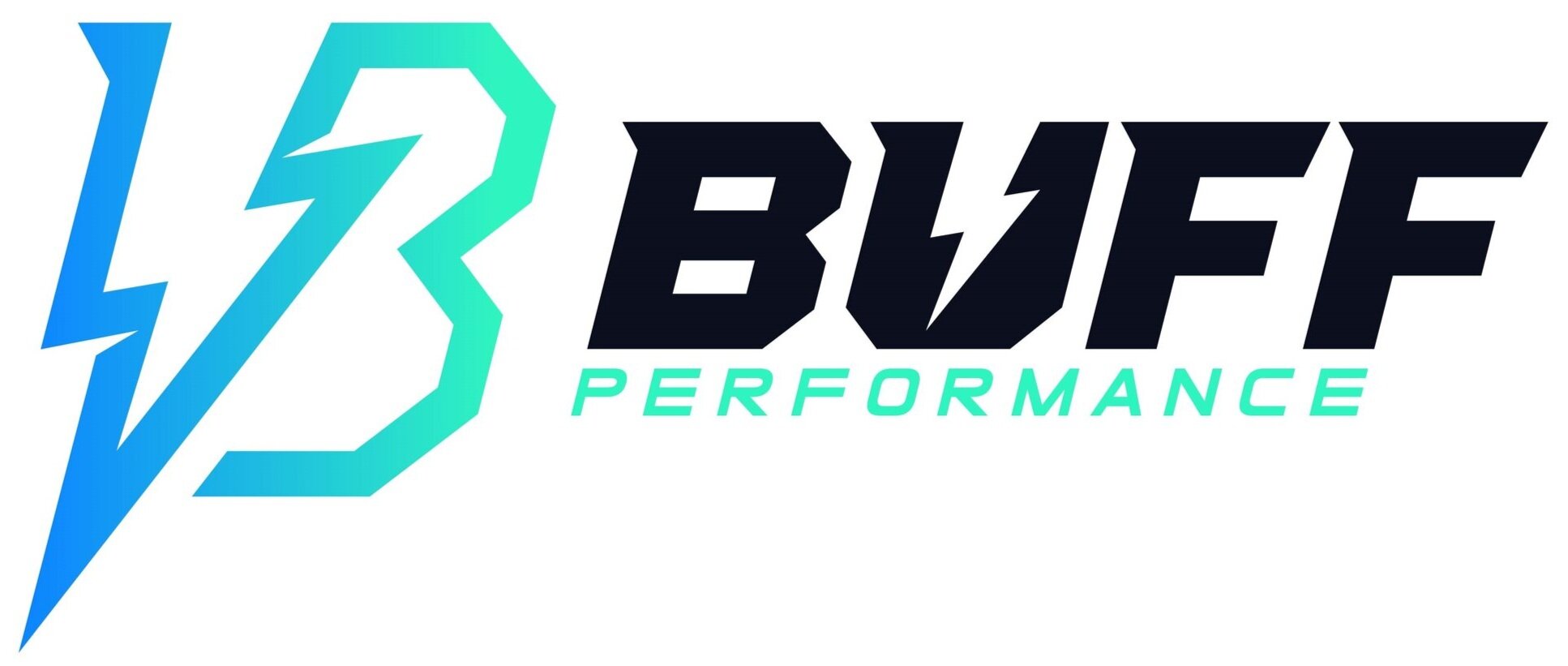Starting your young teens with strength and conditioning.
1.Supervision: Always ensure that children are supervised by a trained adult who understands how to teach exercises safely and correctly for their developing bodies.
Proper Technique: Emphasize correct form and technique over lifting heavy weights. Use light weights, resistance bands, or bodyweight exercises.
Environment: Ensure the training environment is safe, with ample space and appropriate equipment for children.
Teach: Focus on teaching and learning, at the these young age groups, teen athletes are eager and keen to learn how they can improve their game.
2. Age-Appropriate Activities
Ages 5-7: Focus on basic motor skills, such as running, jumping, climbing, and throwing. Activities should be playful and incorporate games.
Ages 8-10: Introduce fundamental movement patterns, including squats, lunges, push-ups, and pull-ups. Activities can become slightly more structured.
Ages 11-14: Begin incorporating more formal strength training exercises, but keep the focus on skill development and technique.
Ages 15+: At this age, it's possible to engage in more traditional strength and conditioning programs, with an emphasis on progressively overloading exercises. These progressive styalles of programes are where the athlete will really start to learn how to lift weights using barbels safetly.
3. Emphasis on Variety
Balanced Program: Include a mix of strength training, cardiovascular exercises, flexibility, and coordination drills., once they are appropriate for your sport.
Sports and Activities: Encourage participation in various exercises at home regularly and including a form of recovery like light swimming or walking on designated days. .
4. Progression and Patience
Gradual Progression: Increase the intensity and complexity of exercises gradually, based on the child's ability and comfort level and the appropriateness for the time of the season.
Avoid Maximal Efforts: Children should not be pushing for maximal lifts or extreme intensity. Focus on building strength and endurance over time.
5. Fun and Enjoyment
Games and Challenges: Incorporate games, obstacle courses, and other enjoyable activities to keep kids engaged.
Positive Reinforcement: Use positive reinforcement and encouragement to motivate kids and build their confidence along with a balanced approach to correction of lifting technique.
6. Professional Guidance
Qualified Trainers: Work with a coach or trainer who has experience working with children in a strength and conditioning context and who are fully qualified for this type of training.
Parental Involvement: Encourage parents to be involved and supportive without applying undue pressure.
7. Education and Awareness
Body Awareness: Teach children about body awareness, including concepts like muscle groups, balance, and proper breathing. Technique for lifting can come with maturity from about 14-15 years.
Healthy Habits: Encourage healthy habits, including proper nutrition, hydration, and adequate sleep.
By focusing on safety, age-appropriate activities, gradual progression, and enjoyment, you can create a strength and conditioning program that helps kids develop physical skills and a lifelong love of fitness.
Want to learn more about what Buff Performance can do for your teen this summer?
Book a FREE consultation with coach Niamh HERE
